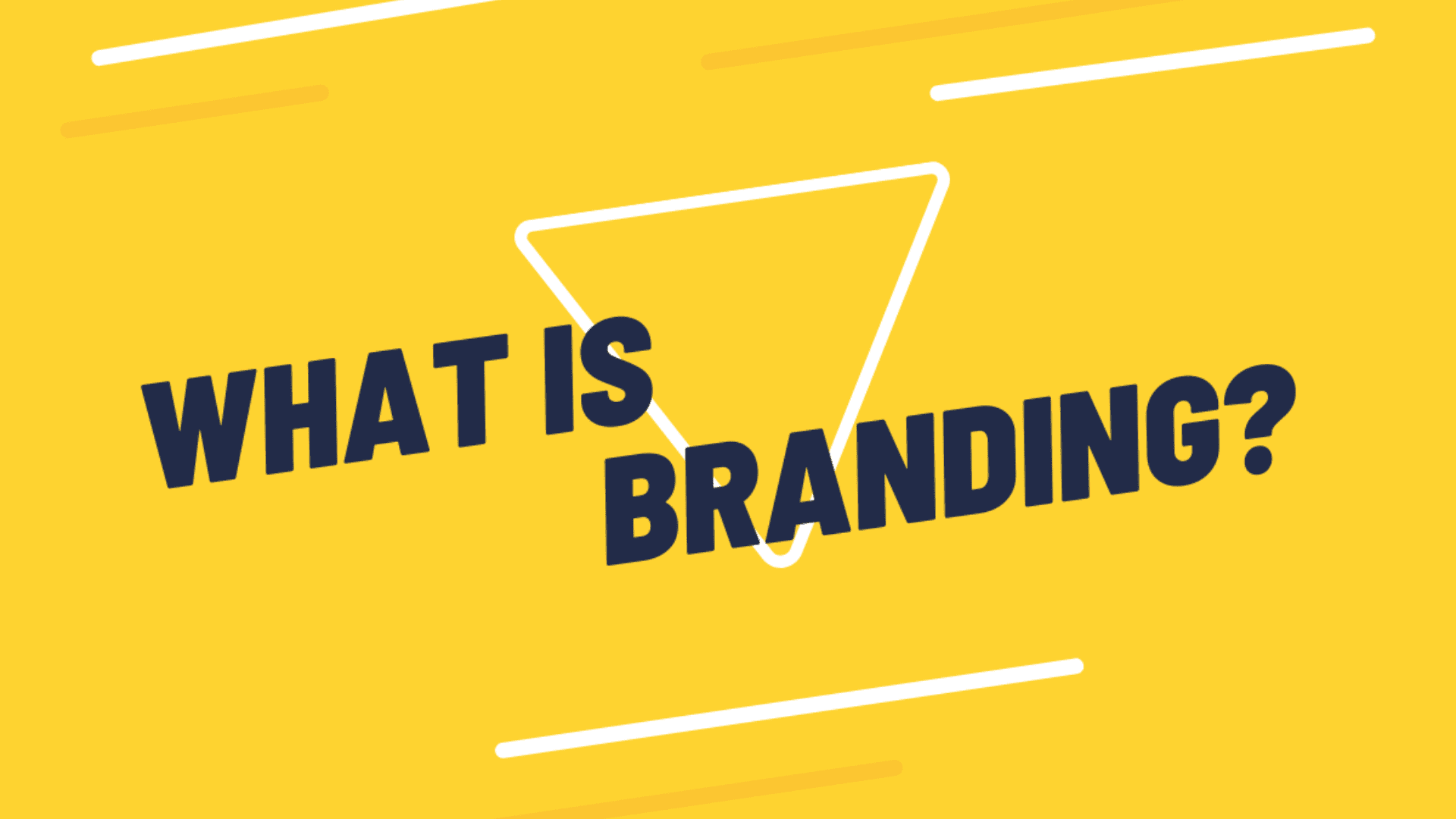The Art of Branding: Lessons from Alex Hormozi
HOME > Posts
top Supporters
- PhuckUp
- LaurenShayLa
- YoDamn
- JasonFi
want to become top supporter?

This site contains affiliate links to products. We may receive a commission for purchases made through these links.
What is a Brand?
Welcome to FrankLegend.com where we review the most viral content online. Today’s article is based off of Alex Hormozi’s 37 minute youtube video explaining the concept of branding. This video really struck out to me because it was a concept I always wanted to understand and implement into my own platform and now I can finally say I understand it.
Branding is more than just a logo or a catchy tagline; it’s a deliberate pairing of elements that leads to a specific outcome. Understanding this concept can help elevate your brand and ensure its long-term success. Here’s how you can harness the power of branding, inspired by Alex Hormozi’s insights.
The simple definition
Branding is the deliberate pairing of things through an outcome.
For instance, consider the controversial collaboration between Dylan Mulvaney and Bud Light. While the intent was to raise awareness, the pairing backfired, leading to significant backlash and billions of dollars in losses.
In contrast, Bud Light’s partnership with Joe Rogan and Shane Gillis was a calculated move that improved its brand image after that terrible campaign. This example illustrates the importance of choosing the right associations to create a favorable outcome.
The Purpose of Branding
At its core, branding aims to change customer behavior in your favor. When consumers identify positively with a brand, they are more likely to:
- Pay a Premium: Strong branding allows companies to charge significantly more than their competitors.
- Achieve Higher Returns on Advertising: A well-recognized brand garners better engagement and conversions.
- Cultivate Lifelong Loyalty: Customers are more inclined to return to a brand they trust, creating a repeat business model.
Building Your Brand
Creating a brand is like crafting a bouquet of flowers. Each flower represents an idea, and together they form a cohesive brand image. However, be mindful that one bad association can tarnish the entire bouquet. Therefore, understanding the risks of branding partnerships is crucial.
Metrics to Measure Your Brand
To see if your brand is being effective, use these three metrics:
- Influence: How likely is your brand to change someone’s behavior?
- Direction: Is the change in behavior aligned with your goals?
- Reach: How many people are influenced by your brand?
For instance, Donald Trump is a polarizing brand that elicits strong reactions, while figures like Mother Teresa and Taylor Swift represent positive brands that resonate broadly without controversy.
Sometimes influencers like Sneako, Andrew Tate and other red pill creators give the illusion that you can only go viral by being toxic, misogynist and divisive online, but that’s not true.
Many brands like Taylor Swift or Mother Teresa can create incredibly strong brands that rival these toxic brands that are limited by their audience and branding. For example, Sneako from the far right and HasanAbi from the far left sides of politics are both very popular and very limited to their audiences. They can only work within those political views and so lose multiple sponsorships, brand deals and other sources of income because their brands are so polarizing. Meanwhile positive brands like Valkyrae, Bella Poarch, Mr Beast and other very well known influencers have very positive feedback in the space and make significantly more revenue with less negative press.
Real-Life Application
Take inspiration from Alex Hormozi, who has positioned himself as a brand synonymous with business growth and profit. His content, books, and resources target small business owners, creating a positive association between his brand and financial success. Hormozi acknowledges that while some may dislike his approach, he knows his ideal customer profile (ICP) consists of individuals passionate about business.
Similarly, if you’re a content creator or influencer, define your ICP. For instance, if your focus is on dating advice, your ICP might be men seeking meaningful relationships. By tailoring your content to their needs and preferences, you can create a brand that resonates deeply with your audience.
Final Thoughts
Content Creation Goals
When crafting content, remember Hormozi’s key principles:
- Promise: Clearly state what your audience can expect.
- Proof: Provide evidence of your claims, whether through testimonials, case studies, or personal experiences.
By following these guidelines and understanding the principles of branding, you can build a strong, recognizable brand that not only attracts attention but also fosters loyalty and drives sales. Embrace the art of branding, and watch your influence grow!